How can we solve climate change with LEGO bricks? This was the challenge tackled by the 40 international students who were involved in the Paris stop of the Climate Journey. Organised by EIT Climate-KIC, this 5-week programme represents the largest climate innovation summer school with 440 participants and 23 cities visited across Europe. This year, the Journey included a LEGO® SERIOUS PLAY® (LSP) workshop which was run by Chloé Chavardes and Eva Boo (LGI) at the University of Pierre and Marie Curie in Paris. It aimed at shaking up the students’ creativity and boosting their team-building capacities to find innovative solutions for our planet.
Despite a scorching hot morning, faces looked surprised and impatient to start. Far from their usual lectures, the Climate Journey students were about to experience a LEGO® SERIOUS PLAY® session. “You don’t have to be an expert with LEGOs, just play and think with your hands,” explained Chloé Chavardes. “It’s not a competition. If you’re stuck, just trust your hands and touch the LEGO bricks… and you’ll see that you’ll start building models naturally.” The LEGO methodology originated in 1996 and aims to unlock imagination and innovation. Participants solve complex issues by building models using LEGO bricks. At LGI, Chloé Chavardes and Eva Boo have been certified facilitators since 2015. “We facilitate many types of workshops for our clients and partners. Whether we’re aiming to define innovative business models, value chains, marketing strategies, new services, core competences, or simply just to boost a group’s creativity, we are always on the lookout for new methodologies. That’s why Eva and I chose to become certified LSP facilitators, as this method is very effective and interesting to work with,” highlighted Chloé.
Imagining deforestation or water pollution with bricks
“Today, the objective of the session is to ideate. You will be building new innovative solutions that address climate change issues,” stressed Eva. Obviously, this goal is impossible to reach in only one step, so students have to go through several phases, building individual models but also building models collectively. Nevertheless, the core process remains the same and comprises 4 steps: a challenge, a model to build, a story to share and an analysis of the results. Let’s start with building something simple: a tower! Serious things really began when participants explained their construction choices. “It’s important to listen to each other and make sure not to interrupt others when they are presenting their models to avoid influencing them,” Chloé emphasised. After being quite disconcerted at first, the students subsequently understood the key concept of LSP and were now ready to dive into a world of imagination and come up with great solutions to environmental issues. After a vote, the students chose to address deforestation, water pollution, over consumption and sustainable food production.
Solutions, individual skills and external factors
Students were then divided into four groups, each addressing one of the issues. At the end of the day, the students built large, complex models that integrated their solutions, their individual skills and the external factors that could influence, positively and/or negatively, their solutions. Their last challenge was to create a story around their models and come up with a pitch, just like they would if they had to raise funds for their ideas and team. “Initially, I had no idea what to expect, but it’s a very original approach, funny and useful at the same time!” concluded Thea, a student in Industrial Ecology at the Royal Institute of Technology in Stockholm (KTH). “I think it’s really helpful to open your mind and to be more creative.”
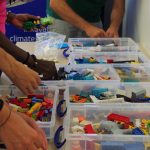
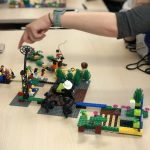
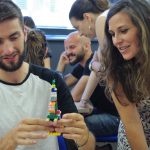
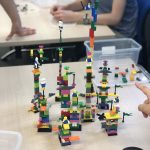
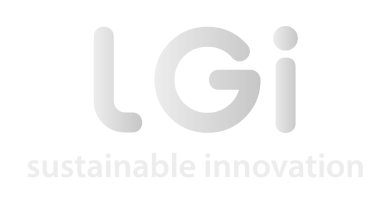



FOLLOW US